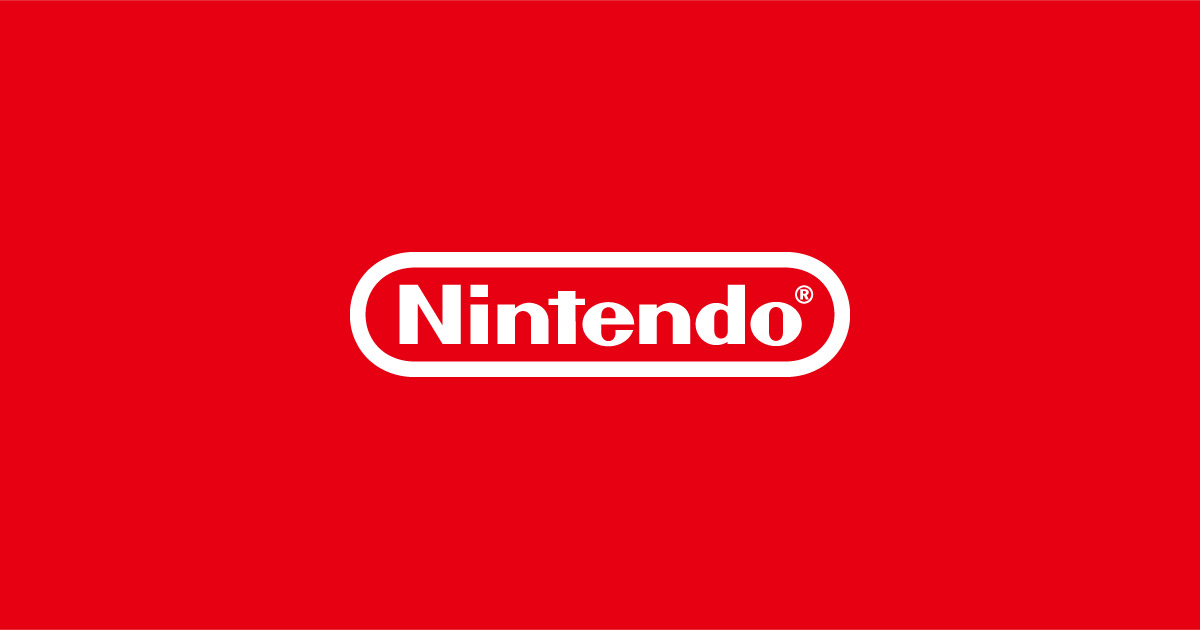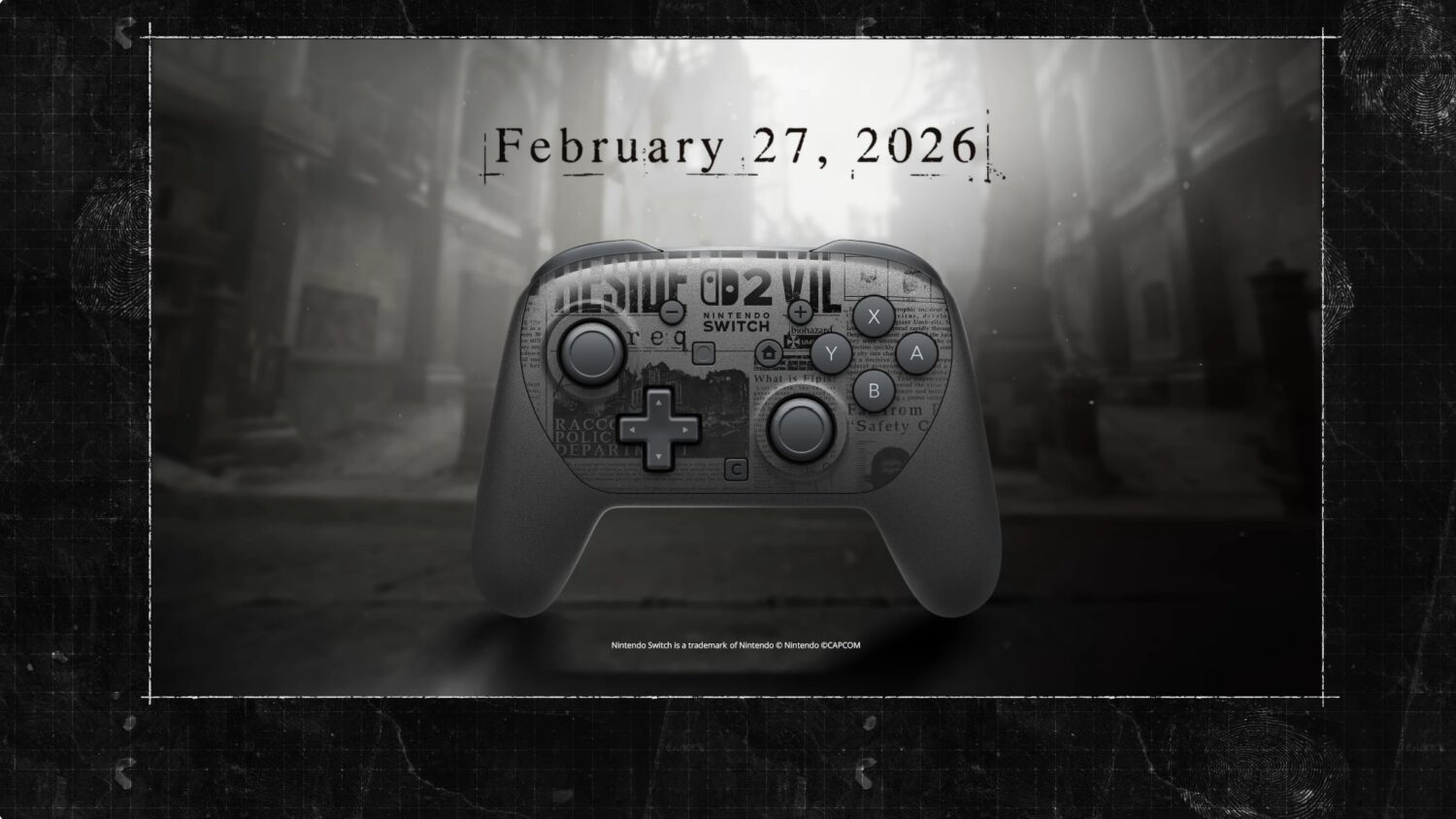Amiibo 2015: The Year Nintendo Transformed Collecting with Retail Exclusives and Record Demand
Entry information
Published on: November 13, 2024
Description
Amiibo 2015: The Year Nintendo Transformed Collecting with Retail Exclusives and Record Demand
The amiibo phenomenon has been a defining chapter in Nintendo's modern history, but no year encapsulates its chaotic heights like 2015.
This pivotal period saw Nintendo expand its amiibo lineup far beyond its Super Smash Bros.
beginnings and introduce retail-exclusive figures—a move that would ignite one of the most frenzied collector booms in gaming history.
The Third Wave Arrives: February 2015 Opens the Floodgates
In early 2015, Nintendo signaled its commitment to amiibo fans by unveiling new waves that extended outside the flagship Super Smash Bros.
range.
Officially, the year began in North America with the highly anticipated Wave 3 of Super Smash Bros.
amiibo, which launched in February.
This lineup featured fan-favorite characters including Rosalina, Bowser, Lucario, Toon Link, Sheik, Ike, King Dedede, Meta Knight, Shulk, Sonic, and Mega Man.
However, Nintendo’s strategic decision to partner with select retailers upended traditional collecting.
For the first time, several high-demand figures became exclusive to certain stores—Shulk at GameStop, Meta Knight at Best Buy, Lucario at Toys"R"Us, and Rosalina & Luma at Target—creating unprecedented scarcity and surging demand.
Reports from collectors nationwide detailed swift sellouts at every location, with restocks remaining extremely limited.
As a result, prices for these exclusives soared on the secondary market.
Mario Party 10 and the Super Mario Series: March 2015
Building momentum, Nintendo introduced the Super Mario series of amiibo alongside Mario Party 10 for Wii U in March 2015.
The new figures—Mario, Luigi, Peach, Yoshi, Toad, and Bowser—debuted on March 20, 2015, showcasing unique poses and vibrant red bases.
Some were bundled with Mario Party 10, further fueling demand among both collectors and players.
Though most figures in this wave were accessible, Toad proved elusive at launch.
The real headline, however, was Nintendo's announcement of the Gold Mario amiibo as a Walmart exclusive.
Its release on March 20 prompted overnight lines at Walmart stores, with reported stock as low as four units per location.
Online and in-store inventory vanished rapidly, leaving many fans empty-handed and cementing Gold Mario as one of the rarest amiibo to date.
Wave 4: Unprecedented Demand and System Failures
Despite the challenges of Wave 3, Nintendo’s subsequent launch saw demand hit new peaks.
Wave 4 featured beloved characters including Robin, Lucina, Wario, Charizard, Ness, Pac-Man, Greninja, and Jigglypuff.
Yet again, exclusives played a central role—Ness at GameStop, Greninja at Toys"R"Us, and Jigglypuff at Target led to exceptional interest and frustration.
When pre-orders opened, GameStop’s network suffered a complete outage due to overwhelming traffic, rendering both online and in-store terminals inoperable.
Many eager fans waited overnight only to be turned away when orders could not be processed.
At Toys"R"Us, tech-savvy collectors exploited a website loophole to secure Greninja ahead of the official pre-order time, causing the figure to sell out before most could attempt a purchase.
For many, the only path to success involved lining up predawn at multiple retailers, with most considering themselves fortunate to secure even one figure.
Compounding the frenzy, Nintendo released a limited Silver Mario amiibo the same day, sending collectors into another scramble.
As with previous waves, secondary market prices soared, and demand far outstripped supply, a trend that would shape the amiibo landscape in following years.
A Defining Year for Nintendo Collectors
2015 transformed amiibo collecting into a high-stakes pursuit, establishing retailer exclusives and lightning-fast sellouts as hallmarks of the scene.
Nintendo’s innovative approach, combined with the enduring appeal of its characters, drove record engagement and set new expectations for fans and retailers alike.
Looking back, 2015 stands as a testament to the passionate dedication of Nintendo fans and the enduring legacy of amiibo as more than just toys—they are a cultural phenomenon and a central piece of the company’s modern identity.





